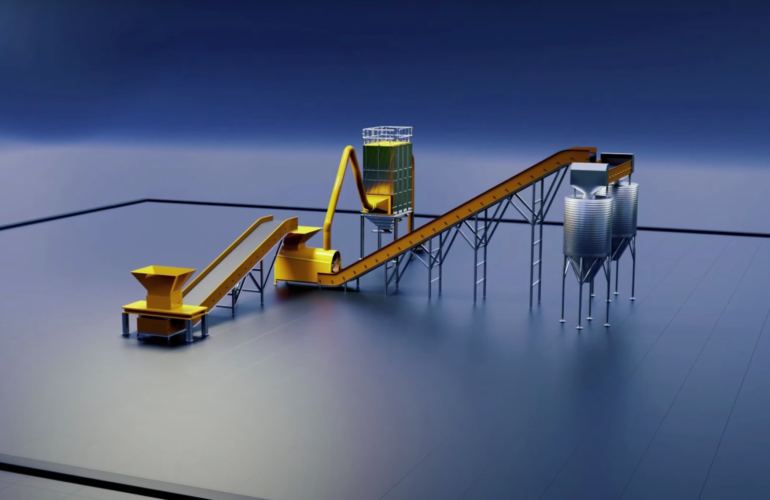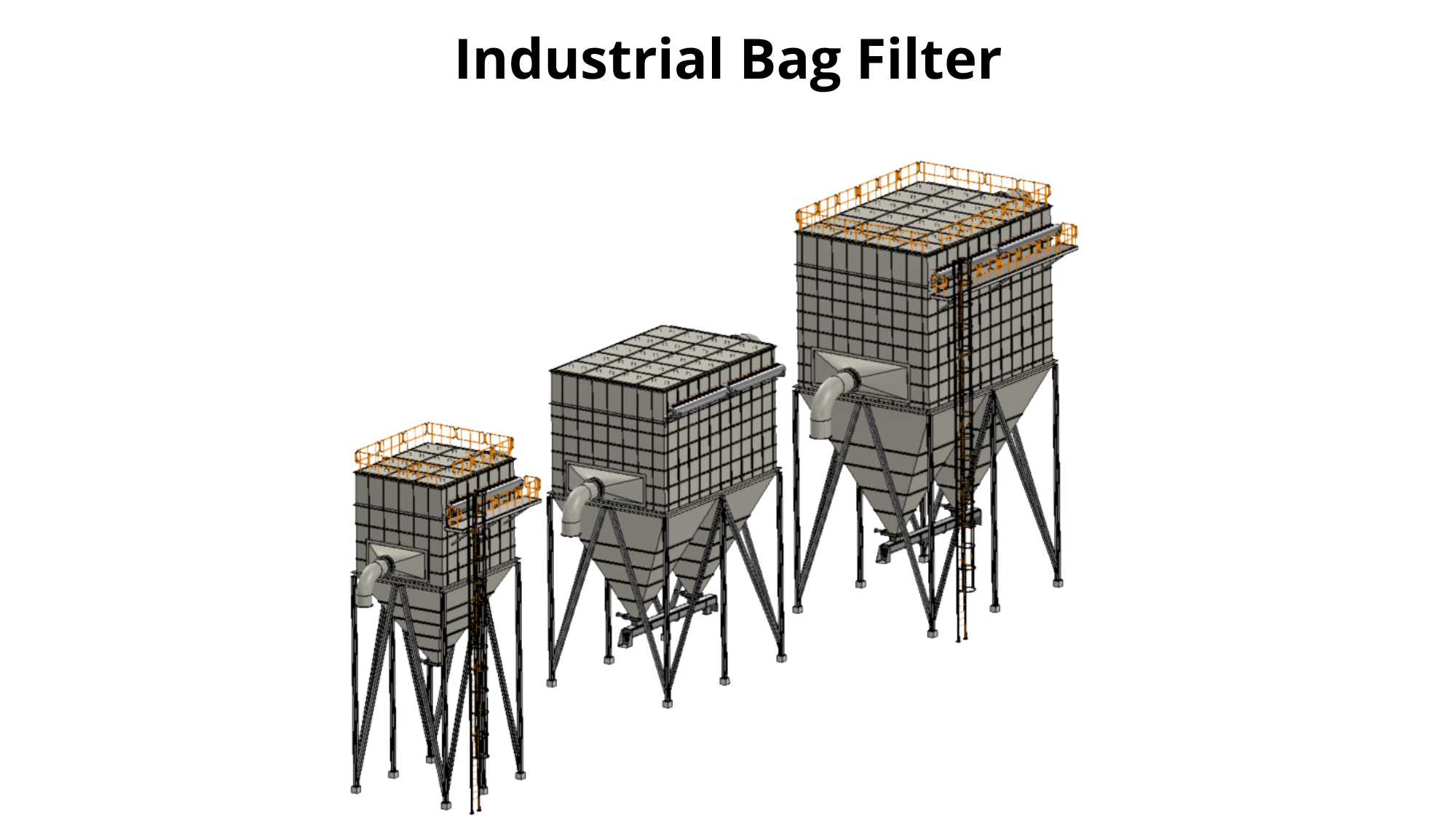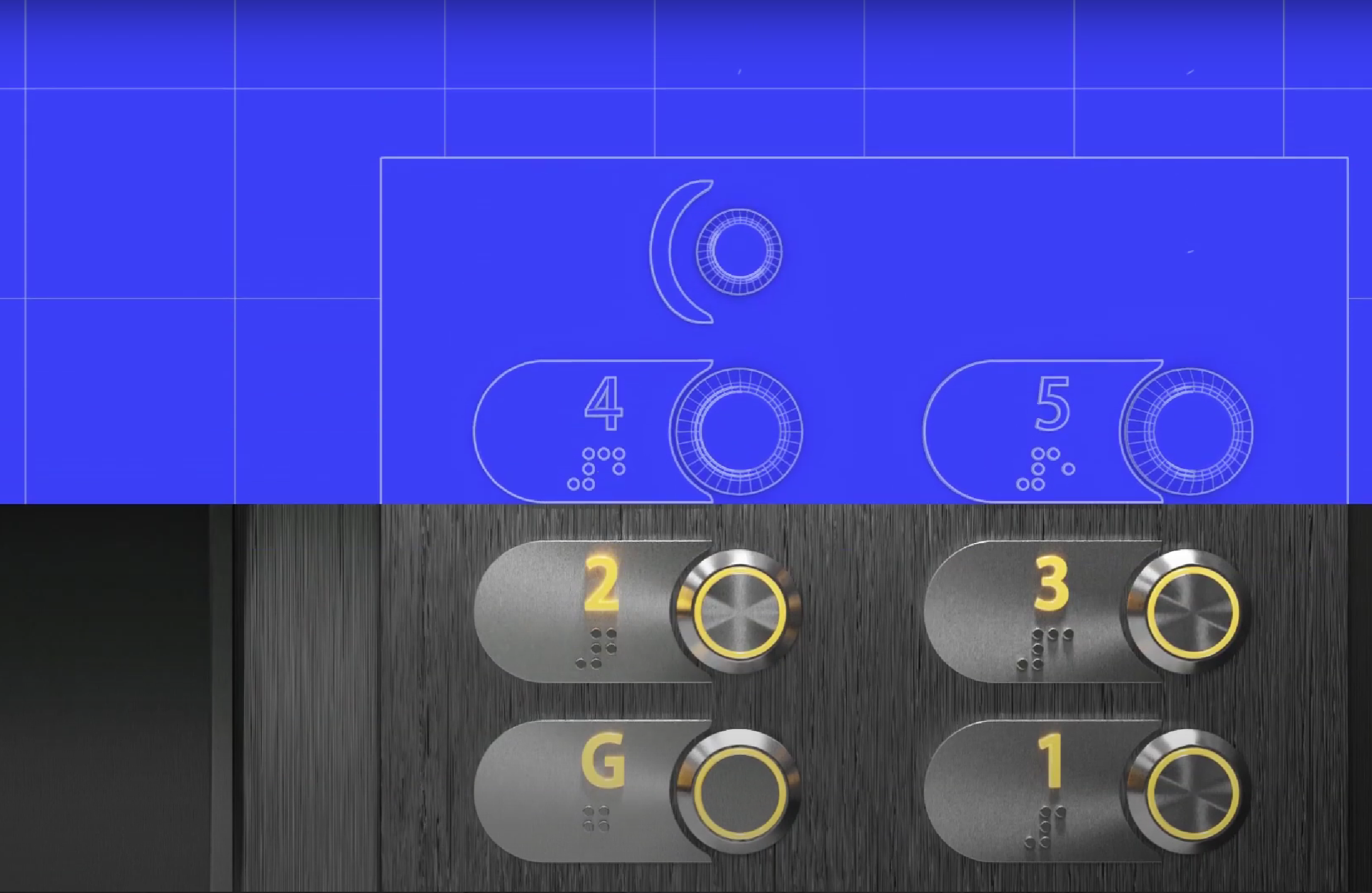Engineering & Design Automation is key for Innovation
To attain long-term success and stay ahead of the competition in today’s fast-paced and highly competitive business environment, organizations must prioritize innovation. According to a study by McKinsey & Company, companies that prioritize innovation generate 2.6 times more revenue growth than companies that do not. When we talk about engineering companies, automation is one of the key points to drive innovation.
In the manufacturing industry, automation has the potential to increase productivity by up to 30%, according to a report by the World Economic Forum. Not only the productivity can be boosted, it is also possible to increase revenue, improve efficiency, reduce costs, gain a competitive advantage, upgrade customer experience, and consequently enhance the company´s reputation.
Automation plays a vital role in driving innovation by enabling organizations to streamline their operations, reduce errors, and free up time for more innovative work. In order to make the most of skilled and costly employees, it is important for companies to leverage automation, allowing these people to play a significant role in the organization’s innovation journey.
When engineers prove their ability to adapt to this changing market conditions and meet the evolving needs of the company. This can build a strong team that will be ready to deliver much more, stay ahead of the curve and succeed attracting new customers and keeping existing ones.

As the importance of focusing on innovation to maximize the potential of a skilled workforce has already been stated, cost saving becomes a crucial aspect to be highlighted, particularly in the manufacturing industry. The role of innovation in engineering companies is to identify cost-saving opportunities by developing new technologies or processes that can reduce costs. As an example, the development of energy-efficient products can assist in reducing energy costs and escalate a company’s profitability.
Automation in manufacturing processes is not only determining for reducing errors and improving production speed but also drives innovation, resulting in faster time-to-market for products and product quality. Additionally, fostering a culture of creativity within companies and building a stronger brand can help organizations to adapt to the rapidly changing marketplace.






















